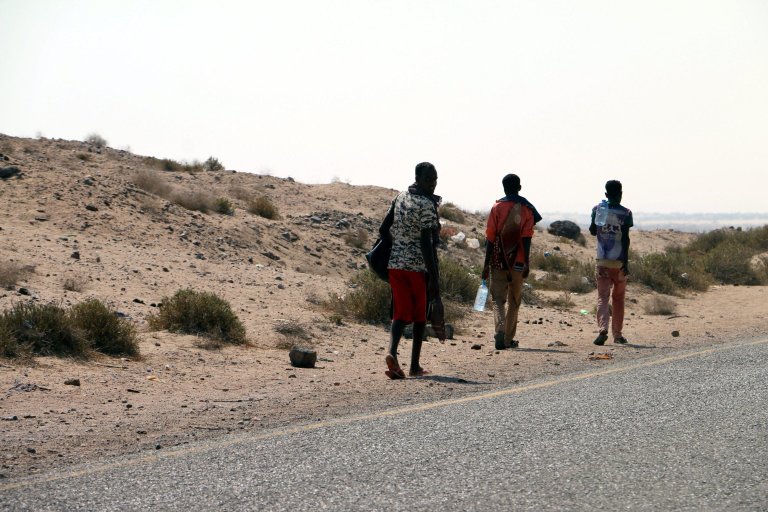UNHCR publishes new guidelines on protection of Somali refugees

GOOBJOOG NEWS|NAIROBI: The new guidelines assert that countries must allow people fleeing Somalia to seek safety, and that their refugee claims be assessed according to international law. People found to be fleeing violence, human rights abuses and persecution would need to meet the criteria for refugee status under the 1951 Refugee Convention, or meet local guidelines or those of the UNHCR’s broader mandate.
The UN refugee agency (UNHCR) has published new guidelines on the eligibility criteria for refugee status of Somali citizens fleeing their country, Elizabeth Tan, UNHCR’s Director of International Protection, announced during a press meeting on September 20 in Geneva.
The guidelines aim to support institutions responsible for examining the requests for international protection submitted by asylum seekers fleeing Somalia, as well as assist institutions in charge of defining government policies on this matter.
“The ongoing armed conflict and the numerous human rights violations continue to affect civilians, putting their lives in danger and forcing many to abandon their homes in search of safety,” Tan said.
“We continue to register a lack of security, attacks on civilians — among them ethnic and social minorities, women, children and persons with disabilities,” she added, citing the attack on Hayat Hotel in Mogadishu which killed 21 civilians and wounded 117.
The new UNHCR guidelines note that countries must allow people fleeing from Somalia to seek safety and must assess their asylum requests in accordance with international law.
People found to be fleeing violence, human rights abuses and persecution would need to meet the criteria for refugee status under the 1951 Refugee Convention, or under regional instruments, or UNHCR’s broader mandate.
Deteriorating security
According to UNHCR, among the people at risk include older members of clans, electoral delegates, government staff and officers, police officers, off-duty soldiers and humanitarian workers.
The agency noted that the country’s deteriorating security conditions has worsened the humanitarian crisis, undermining the government’s and the humanitarian agencies’ ability to respond to instability in Somalia.
The country is also facing one of the worse cases of drought of the past 40 years, and is at risk of extensive famine.
Bordering countries taking in bulk of migrants
At the end of 2021, there were a total of 836,300 Somali refugees and asylum seekers. Around 80% of them (approximately 650,000) were taken in by bordering or nearby countries such as Ethiopia, Kenya, Yemen, Djibouti, Uganda and Sudan.
“We praise the commitment of bordering countries, as they have honored their international legal obligations by maintaining their frontiers open to fleeing Somalis,” Tan said. “However, we call on all countries, including those that are further away geographically, to do the same.”
The human rights official said other countries can help provide additional support to host countries and to “increase the number of re-allocation places assigned to Somalis and other refugees at highest risk who are hosted in those countries.”